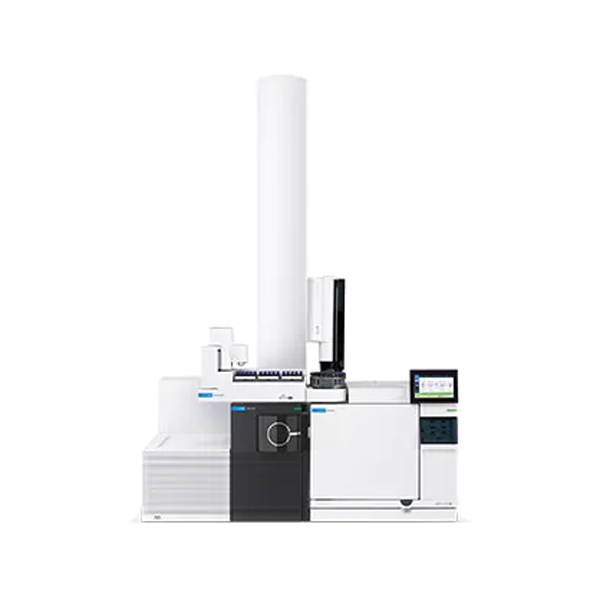7250 GC/Q-TOF
The Agilent 7250 GC/Q-TOF system delivers full-spectrum, high-resolution, accurate mass data with a wide dynamic range for identifying and quantifying GC-amenable compounds. This high-resolution GC/Q-TOF enables accurate mass screening by GC/MS and enhanced compound identification through MS/MS, low-energy electron ionization, and complimentary chemical ionization techniques.
Whether it is used in complex metabolomics studies, pesticide screening in challenging matrices, or compound identification in herbal extracts, quadrupole time-of-flight GC/MS provides the ultimate in performance. Designed for real-world analysis and built for laboratory robustness, this accurate mass screening GC/MS delivers consistent confidence in results, allowing you to see the whole picture.


 Tiếng Việt
Tiếng Việt

